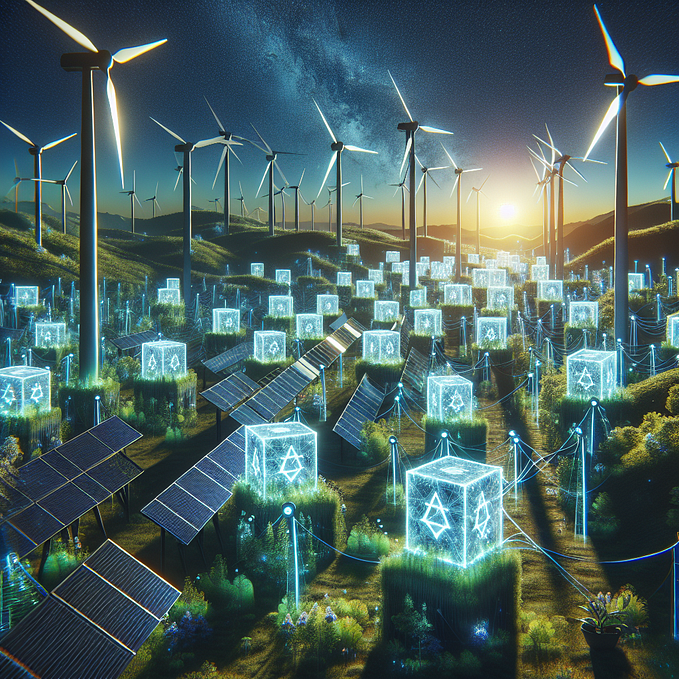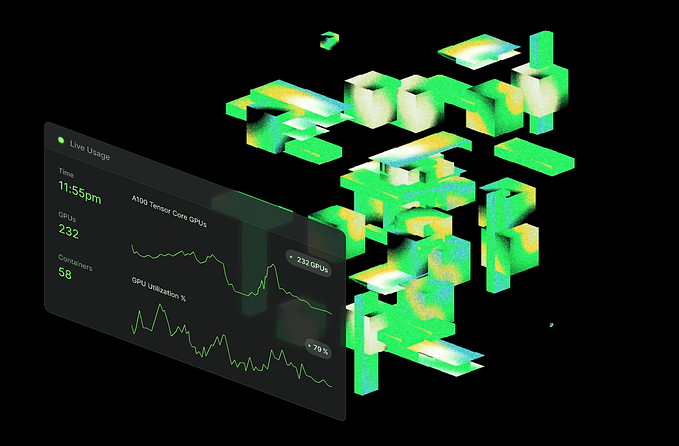Search and Rescue Robots

Search and rescue operations are critical missions that require speed, efficiency, and often the ability to navigate dangerous or inaccessible areas. This is where search and rescue robots come into play. These robots are designed to assist human responders in locating and helping people who are in distress due to natural disasters, accidents, or other emergencies.
What Are Search and Rescue Robots?
Search and rescue robots are specialized machines equipped with sensors, cameras, and sometimes even artificial intelligence to help them navigate through rubble, debris, and challenging terrains. They can enter areas that would be too risky or impossible for humans to access, such as collapsed buildings, dense forests, or contaminated environments.
Types of Search and Rescue Robots
There are several types of search and rescue robots, each designed for specific tasks:
- Ground Robots: These robots move on wheels or tracks and are capable of maneuvering through uneven surfaces and obstacles.
- Aerial Robots: Often known as drones, these robots can fly over large areas quickly, providing aerial views that are invaluable for search operations.
- Marine Robots: Designed for water environments, these robots can be used in search and rescue operations at sea or in flooded urban areas.
Real-World Applications
Search and rescue robots have been deployed in various situations, such as after earthquakes, hurricanes, and tsunamis. For example, after the 2011 earthquake and tsunami in Japan, robots were used to enter the Fukushima Daiichi nuclear power plant where radiation levels were too high for humans.
Advantages of Using Robots in Search and Rescue
- Safety: Robots keep human responders out of harm’s way.
- Accessibility: They can access areas humans cannot.
- Efficiency: Robots can work continuously without the need for rest.
- Data Collection: They can gather and relay real-time data to guide human decision-making.
Challenges and Future Developments
While search and rescue robots are invaluable, they also face challenges such as limited battery life, the need for robust communication systems, and the ability to make autonomous decisions. Future developments may include improved AI, better energy sources, and enhanced collaboration between robots and human teams.
In conclusion, search and rescue robots are an essential part of modern emergency response efforts. As technology advances, these robots will become even more capable and reliable, further aiding in saving lives during disasters.








